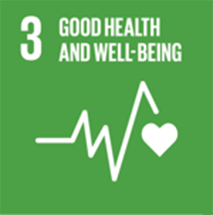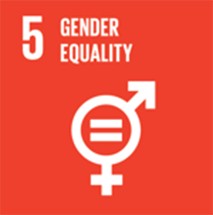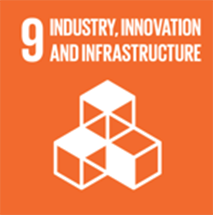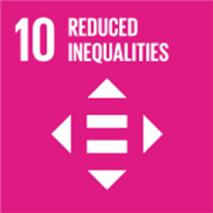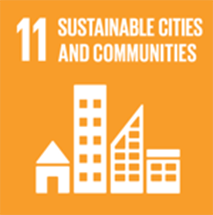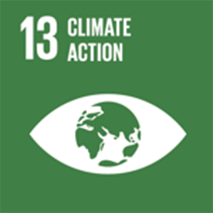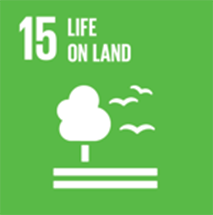


According to The United Nations Framework Convention on Climate Change (UNFCCC), climate change is a change in climate over a long time due to the impact of natural conditions and human activities, such as deforestation, polluting industries and transport (UNFCCC2006). Climate change is now evident by global warming, rising sea levels and increasing extreme weather events (UNFCCC 2006).
Evidence has proven that natural disasters and extreme events are increasing in many parts of the Earth due to the unpredictability of weather and climate. According to the Intergovernmental Panel on Climate Change, global warming is also the underlying cause of rising sea levels due to melting ice, glaciers and snow coveragemaking many low-lying areas submerged permanently (IPCC 2013).
Climate change in the current period is due to human activities which release excessive emissions of greenhouse gases (GHGs) into the atmosphere (IPCC 2013). Human activities have a major impact on the climate system, especially since the beginning of the industrial era (around 1750). According to the IPCC, the increase of GHGs since the 1950s has mainly originated from human activities.
In the Intergovernmental Panel on Climate Change (IPCC) 2014 report, the effects of climate change have been already occurring on all continents and across the oceans (IPCC 2014). The risk from a changing climate comes from vulnerability (lack of preparedness) and exposure (people or assets in harm’s way) overlapping with hazards (triggering climate events or trends).

Community resilience can be defined as the ability of a community to return to its normal state after adverse events, such as economic, social or environmental disaster strikes (Norman 2012). Furthermore, it puts into perspective the sorts of assets and resources a community may have that will allow the community to recover and grow after sustaining stressful events (Norman 2012). Communities that are resilient are able to minimize any disaster, making the return to normal life as effortless as possible (Sharifi 2016). By implementing a community resilience plan, a community can come together and overcome any disaster, while rebuilding physically and economically (Sharifi 2016).

The Sustainable Development Goals (SDGs) known as the Global Goals, are a set of universal goals pursued by 170 countries that tackle society’s forefront development issues. Working closely with governments, the UNDP promotes the SDGs to end poverty, protect the planet, and ensure that every child and adult has the ability to live a joyful and prosperous life (UNDP Sustainable Development Goals 2018).
Viet Nam’s overall goal will be sustaining economic growth alongside with ensuring social progress and justice and environmental and ecological protection, effective management and utilization of natural resources, a proactive response to climate change; ensuring that all citizens are promoted their full potential, participate in development and benefit equitably from the results of development; and build a Vietnamese society that is peaceful, prosperous, inclusive, democratic, just, civilized and sustainable (National Action Plan for the implementation of the 2030 Sustainable Development Agenda).
Viet Nam’s sustainable development goals to the year 2030 are presented throughout the "Improving resilience of vulnerable coastal communities to climate change in Viet Nam” Project.
The Project focuses on key areas and is contributing to the following goals:
- Goal 3: Ensure a healthy life and enhance welfare for all citizens in all age groups
- Goal 5: Achieve gender equality; empower and create enabling opportunities for women and girls
- Goal 9: Develop a highly resilient infrastructure; promote inclusive and sustainable industrialization; and promote renovation
- Goal 10: Reduce social inequalities
- Goal 11: Promote sustainable, resilient urban and rural development; ensure safe living and working environments; ensure a reasonable distribution of population and workforce by region
- Goal 13: Respond in a timely and effective manner to climate change and natural disasters
- Goal 15: Sustainably protect and develop forests; conserve biodiversity; develop eco-system services; combat desertification; prevent the degradation of and rehabilitate soil resources

Outlined in Viet Nam’s National Strategy on Climate Change, Viet Nam’s vulnerable coastal communities are to be better prepared to climate change impacts and frequent natural disasters (National Strategy on Climate Change 2011).The GCF-funded project aligns with Viet Nam’s Nationally Determined Contribution (NDC) and its national strategies through an integrated approach. The project supports the work being done by the Government of Viet Nam in climate change adaptation and disaster risk management, based on Decision 2139/QÐ-TTg, 2011 (National Strategy on Climate Change 2011). Through the project’s emphasis on community education, mangrove regeneration and resilient housing principles, as well as disaster risk data access, coastal communities in Viet Nam will be better prepared to climate change impacts, and have access to disaster-risk information to be more adapt and resilient to climate change. Evidence-based best practices established by the project, will inform future stages of the programme, enhancing policy and planning, which will have an impact even after the project is completed. This is ensured through a collaborative partnership with United Nations Development Programme, the Ministry of Agriculture and Rural Development, the Ministry of Construction, and other stakeholders.

The project will use gender sensitive planning and implementation to ensure the highest gains are made for gender equity. As a result, the project is expected to:
A, Enhance commune-based disaster risk management (CBDRM) groups which include at least 30% women in decision making positions.
B, Provide direct benefits to women as project beneficiaries, especially within communes where the building of houses will occur and are the most vulnerable to climate shocks and variability.
C, Provide products that include gender-sensitive adoption strategies to ensure that women are empowered to benefit from the construction of new homes and the planting of mangroves, which will allow them to cope with climate change impacts.
D, Increase the awareness to women exposed to climate change risks and provide support on how to mitigate risks to their business thereby protecting their livelihoods and enhancing their adaptive capacities.
To ensure the views of women were captured, specific efforts have been made to consult with women groups, and to collect information regarding the impacts of climate change on women, in the design of this project. The Viet Nam Women’s Union is a partner in the project and was specifically consulted at both the national and local level. The project has a dedicated Gender Action and Plan, including budget which is accessible via the following link here.

The Green Climate Fund (GCF) is a new global fund created to support the efforts of developing countries to respond to the challenge of climate change (GCF About the Fund 2018). For many developing countries, reducing or limiting their greenhouse gas emissions is a crucial task in the road of sustainable development.
In order to reduce or limit greenhouse gas (GHG) emissions, the GCF helps developing countries promote a paradigm shift to low-emissions and climate-resilient development, taking into account the needs of nations that are particularly vulnerable to climate change impacts (GCF About the Fund 2018). More information on the Green Climate Fund and its substantial support to Viet Nam is available via the GCF website (https://www.greenclimate.fund/home) and its specific Viet Nam profile page (https://www.greenclimate.fund/countries/-/country-profiles/viet-nam)


